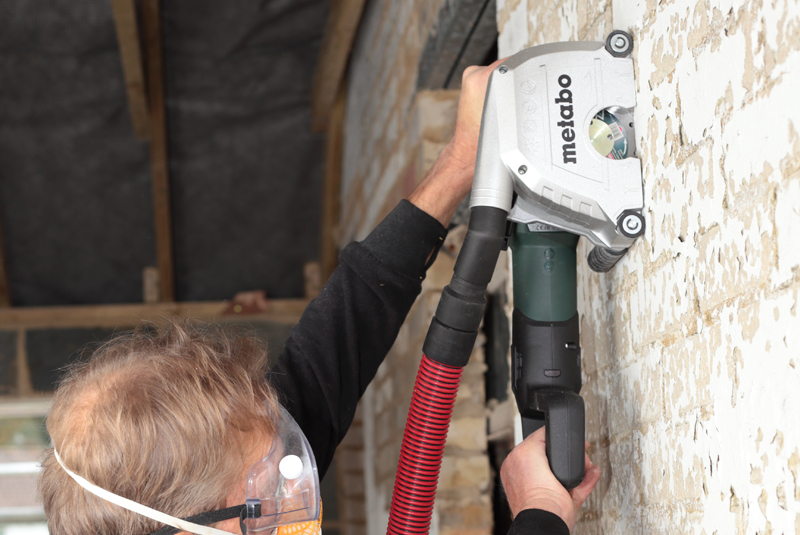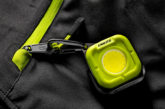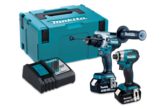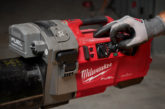
Roger Bisby tries out the MFE 40 diamond chaser from Metabo, a machine designed to take the hard work and dust out of cutting chases.
Having owned a diamond chaser and dust extractor for the past 15 years, I am still slightly taken aback by how many trades still seem to do things the hard way. By that I mean using a small angle grinder with no dust extraction, and a small SDS hammer. Not only is it a lot more dusty and unhealthy, it is also slower and very often the impact damage causes minor cracks in the walls.
There are quite a lot of wall chasers out there but this MFE 40 from Metabo is sold as a kit with the dust extractor, which means it is optimised. It also couples up with no need for adaptors, and it handles the dust created by the chaser with ease. It also has a low friction non-kink hose that is 4metres long, which means you can get the chaser close to the ceiling and still have some play on the hose.
The chaser is well thought out in most respects, with plenty of power coming from a 1,700watt motor at 110V or 1,900 at 240V. You may think this is overkill but it is turning two, or even three, grooves at the same time, and will cut up to 40mm deep. It can also give you a totally cleaned chase, so the motor has to be capable of removing a lot of material. Of course, in dense concrete on a single deep pass the motor could still be struggling, and for that reason there is an LED light on either side to warn you of overload. If you see the light come on, slow down.
Where this chaser really stands out from the competition is in the blade change. You can make a single cut with one blade or a dual cut with two, or, by fitting the offset double for 20mm or even a triple blade for 30mm, you can remove all the material and save having to break out the middle of the chase. It also saves a lot of sweeping up.
The blade change to achieve all these variations is probably the easiest of any chaser out there with no need to split the housing to remove the discs. By using the spacers I manged to get the cutter width adjusted to exactly the width of the plastic conduit, which meant it hardly needed anything to hold it in the chase. You can actually use Omega wall slot clips and just pop the conduit in but I used a bit of Soudal adhesive spotted on the back.
If you have never used a diamond chaser you need to know that there is a direction of travel. In other words you are working into the uncut chase rather than away from it. If you run the opposite way to the arrow, dust will escape the hood through the lines you have already cut. That is all standard stuff, but for me the problem with this machine is that you are pushing it up the wall rather than down. It is a lot harder work than simply placing it up at the top and leaning on it while it gently falls by gravity. Who would not want to make use of gravity? It is free and (as far as I know) available worldwide. Having used Metabo wall chasers that did work from the top down I couldn’t understand why they suddenly thought it was a good idea to turn the whole thing on its head. I checked with the manufacturer and they told me that they had researched the market and been told that users wanted to see the line they were chasing and this is easier if you are cutting upwards. Also, on the horizontal it is easier to push than pull.
I love this machine and it is a great price so, if pushing up the wall is not a problem for you, I can recommend it. The dust extractor which comes in the kit is a formidable M class machine. I have used many others which are in most respects the same, so I don’t know if this is a Metabo machine or simply badged up, but it works and has no problem doing the job. Buying them together is the way to go but it will work with other dust extractors.












